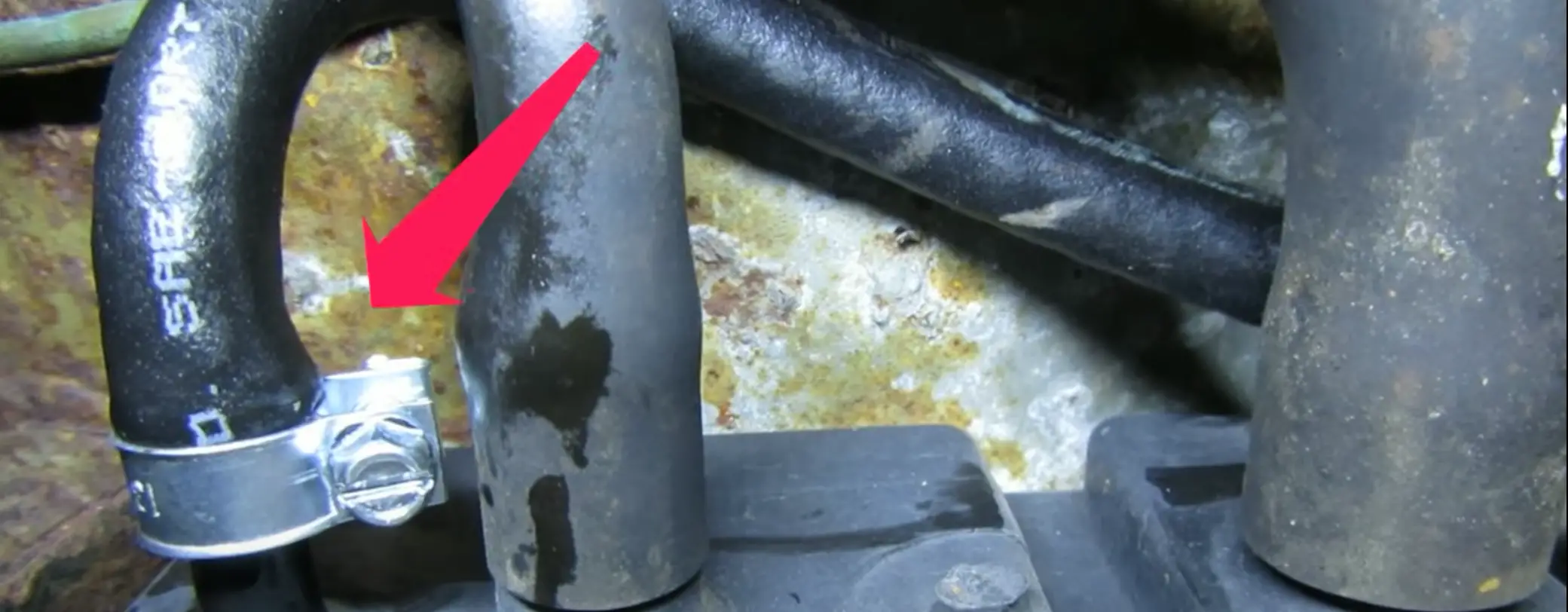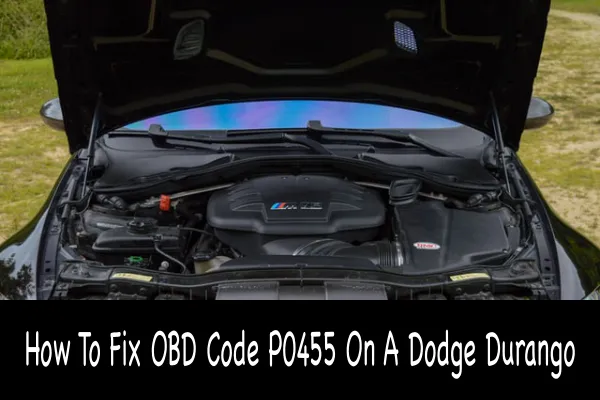OBD II Code P0401 on the Dodge Durango refers to a generic diagnostic trouble code (DTC) that indicates a large leak in your EVAP System. This code is often the result of a loose, unscrewed, or non-standard gas cap. This article goes in-depth on how to fix P0455.
What causes OBD code P0455 on a Dodge Durango?
OBD code P0455 indicates an EVAP leak – as I said above, this is usually – but not always – an indication of an issue with your gas cap. In other (substantially rarer) examples it can indicate a damaged EVAP hose.

How to fix code P0455 on a Dodge Durango
Your best bet when experiencing code P0455 is almost always to check the gas cap. An EVAP leak can also be the cause of this issue (and we'll get to how you can fix that!) but odds are your gas cap is just not screwed in properly. Check that first.
If you're using a non-standard / non-factory gas cap (perhaps from a shoddy previous repair) and are certain it's screwed in correctly, your best bet is to buy a new gas cap that fits your vehicle properly. A perfect fit matters because if the seal isn't airtight, you'll continue to experience code P0455 – more on why that's a problem later.
If you need a new gas cap because yours is damaged or mismatched, we recommend Amazon for their quick shipping & massive selection. You can buy a Dodge Durango gas cap here.
If your gas cap isn't the issue…
There's multiple schools of thought about the best ways to check for EVAP leaks. Watch the video below for one approach that we've found works. If you're in need of new EVAP hoses because yours are cracked or otherwise damaged, you can buy them for the Dodge Durango here
Can I drive my Dodge Durango with code P0455?
Yes. You likely won't notice any drivability problems. The main reason to care about this code is that it's a bad idea to drive around with an illuminated check engine light. When you drive with your check engine light on, you can miss critical engine issues that crop up without knowing it.
Context on what the EVAP system is
The EVAP system exists to reduce pollution created by fuel evaporating into the air before it gets combusted. It collects fuel vapors from the gas tank & temporarily stores them in a charcoal canister for later use. Once the engine is running, a purge valve empties the canister of fumes into the engine cylinders for a modest lift in fuel economy & environmental benefits.
As always, we hope we've been helpful, but you're responsible for your own vehicle. Make your own repairs at your own risk.
